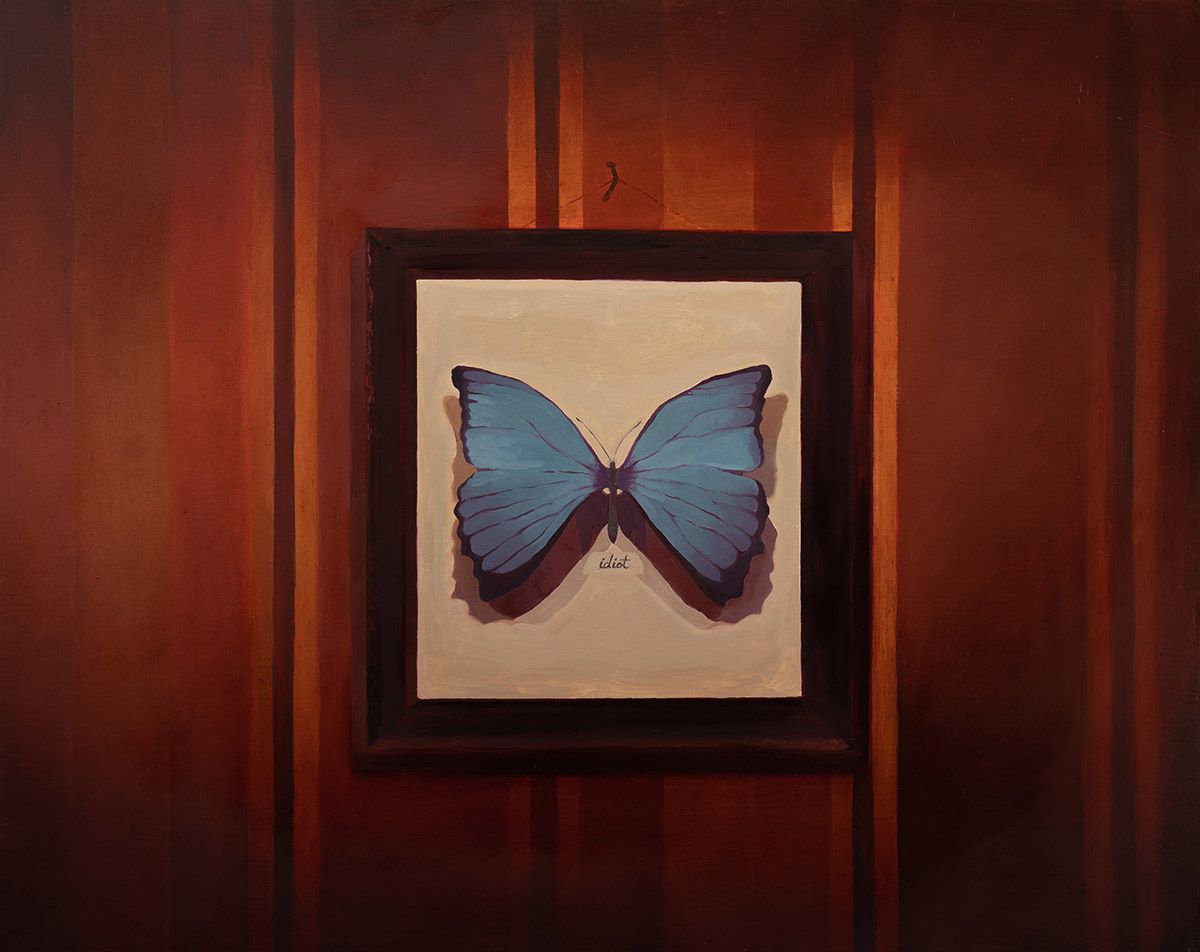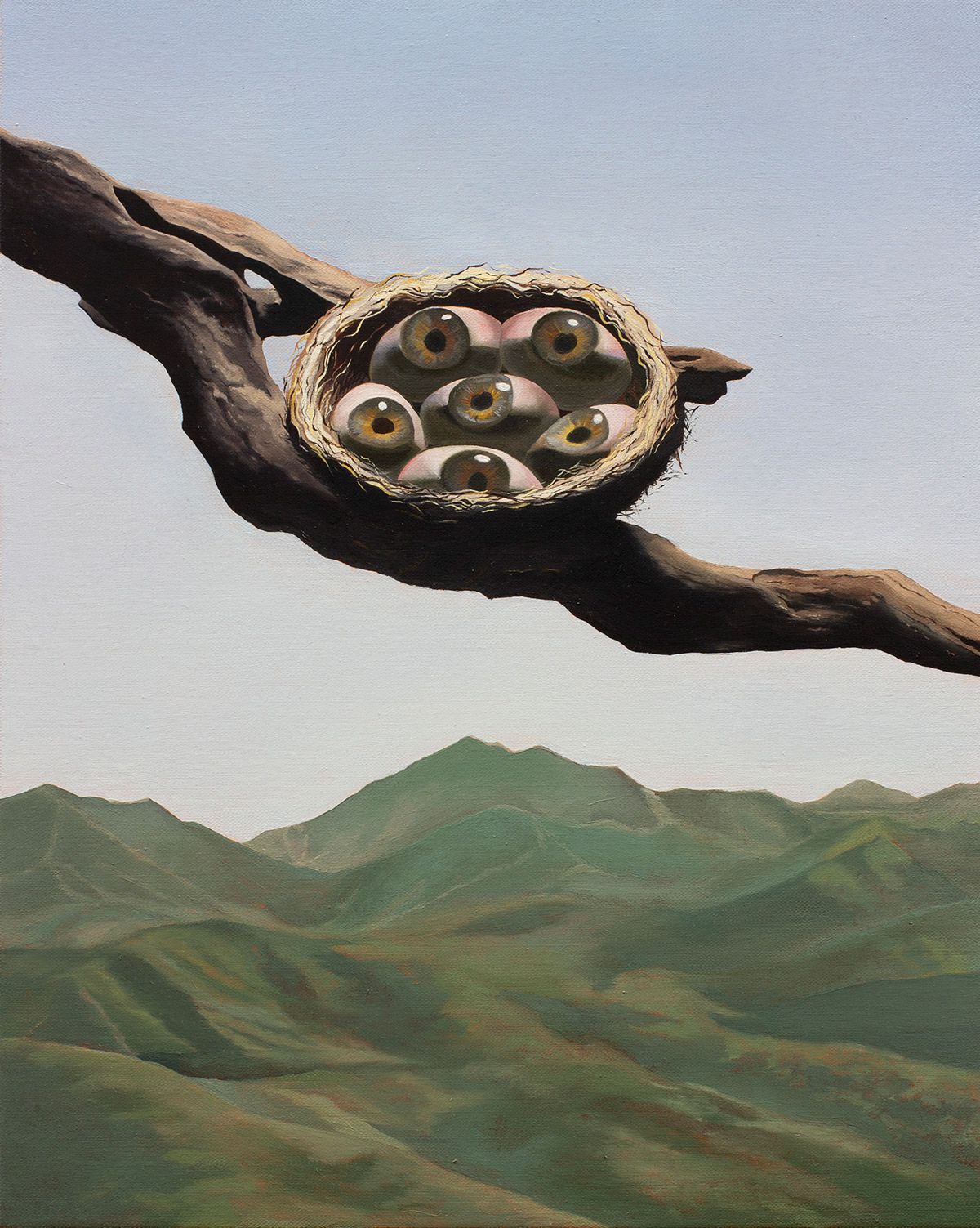Mel Arzamarski’s paintings are a captivating journey into the surreal, where everyday life is transformed through her imaginative lens. A Connecticut-based artist, Arzamarski specializes in surrealistic and figurative painting, taking the mundane and infusing it with a sense of the extraordinary. Her works are trompe l’oeil masterpieces that play with the real and the unreal, challenging viewers to question their perceptions of reality. In her paintings, reality is concentrated, stripped of its banalities, and presented in a series of events that unfold with startling clarity. Arzamarski’s art offers viewers fragments of a story, pieces that they complete with their own experiences, creating a personal connection with each piece.
Arzamarski’s approach to painting is deeply rooted in fiction and the slippage of reality. Her educational background from the University of New Haven and ongoing Master’s studies at the University of Tulsa have honed her ability to create scenes that are both familiar and otherworldly. The viewer is invited to find new understanding about reality within her work, as Arzamarski plays at the intersection of what is seen and what is felt. Her paintings are not just visual experiences; they are opportunities for introspection, for viewers to question themselves and the world around them through the surreal narratives depicted on her canvases.
When you believe in a trompe l’oeil painting, you are believing in nothing, and when that moment is broken, reality is questioned. This, in part, is its connection to surrealism. The play between the real and the unreal. Where there is an opportunity to question reality there is also an opportunity for the viewer to question themselves. Fiction plays at this slippage of reality. In a work of fiction, reality is concentrated. It is not naturalistic. All of the boring bits are cut out, and in rapid succession, events unfold. What the reader is left with are opportunities to find new understanding about reality in the work of fiction. The paintings are offering the viewer pieces parts that they, in turn, complete with their own experience.
Mel Arzamarski
More info: Website, Instagram (h/t: Booooooom).



















